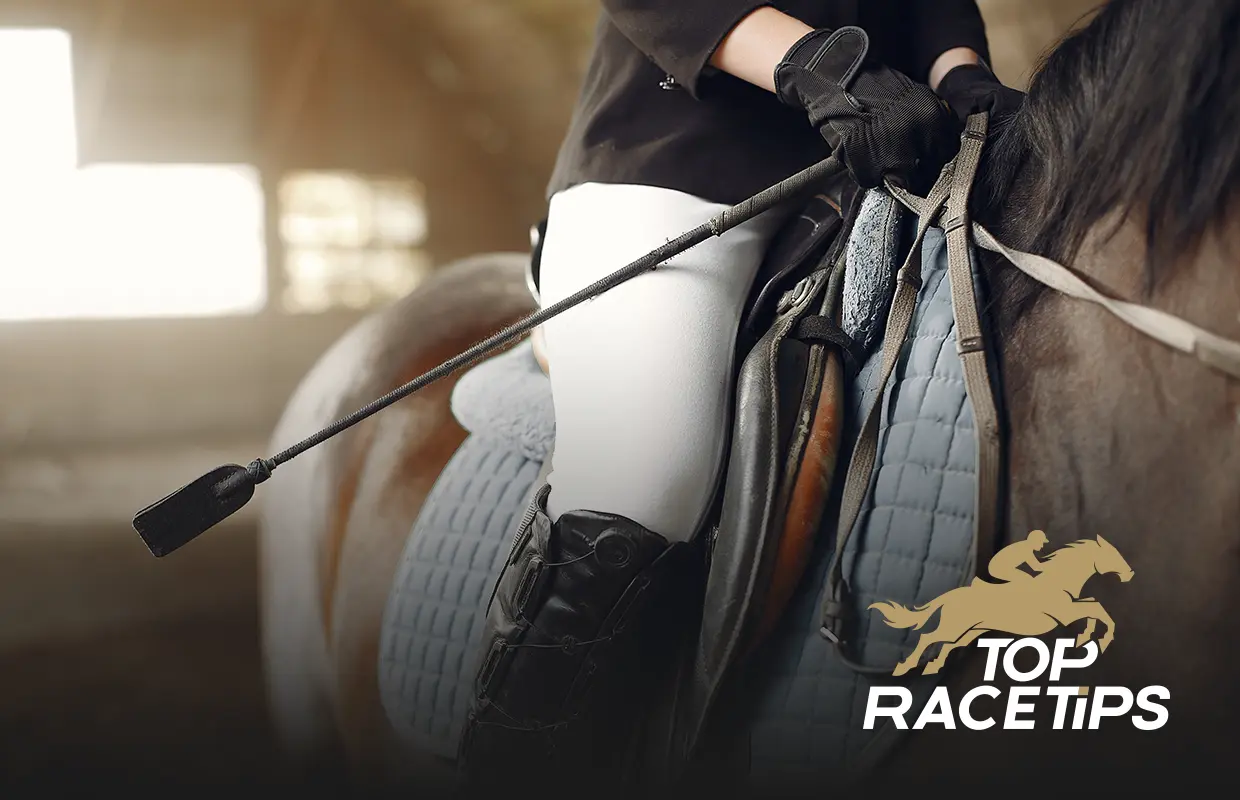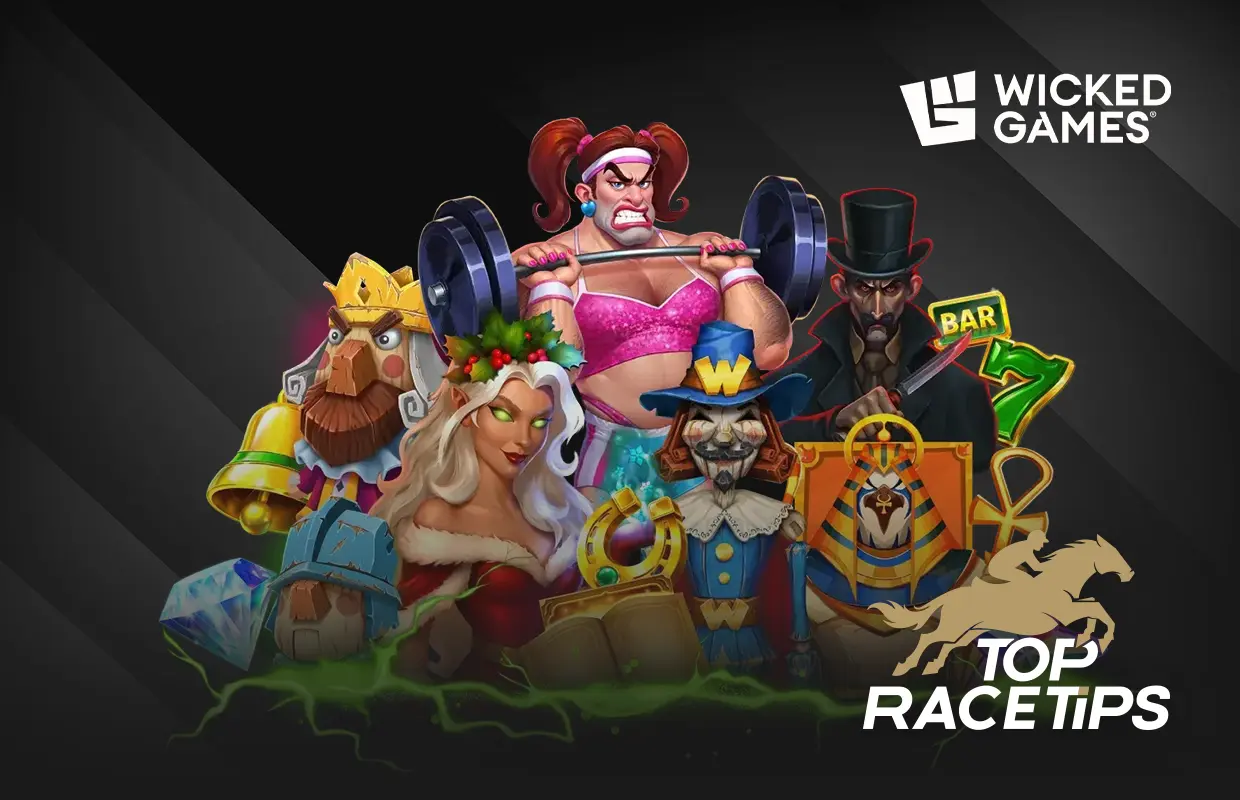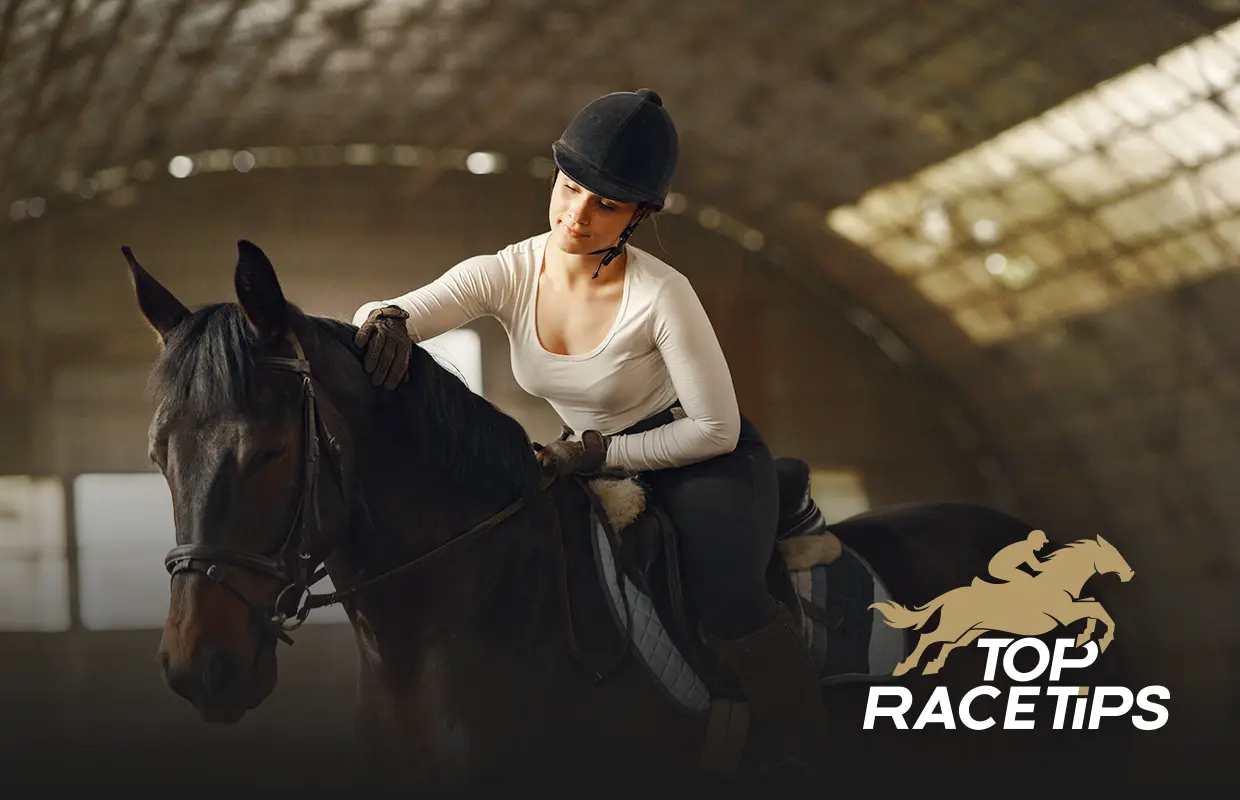
Every great ride begins with something very simple, and that is balance. You know that feeling when you sit up tall in the saddle, and your horse takes that first forward step, and it's just you and your horse moving together as one? It is such a wonderful feeling, having a smooth rhythm of motion, being comfortable, and so much more. All of this begins with the right horse saddle.
A saddle is not simply a seat. It is your support system, your safety tool, and your connection point to the horse. The saddle is designed to spread your weight evenly and allow the horse to move freely and without discomfort. You may ride for fun, a job, or a sport; the saddle makes the experience stable for you and your horse while providing comfort for both of you.
A horse saddle is a supportive seat placed on the back of a horse that offers the rider support and security. The saddle helps the rider and the horse to be comfortable and provides relief from soreness or pressure points. Different saddles are designed for different horseback riding styles, like sleek English saddles or robust Western saddles.
Most saddles are made of leather or synthetic. Leather tends to have a traditional feel (and is generally more durable); however, synthetics tend to be lighter and easier to clean (and are great for beginners or casual riders).
Saddles have been around for thousands of years, with the original variations appearing in ancient civilisations, although they looked very different to today’s sleek designs. In the Middle Ages, a heavier saddle was developed to support knights in armor during battle.
Nowadays, we have great specialized saddles for every discipline, from racing to trail riding, all designed for comfort, control and connection.
There is no single saddle that fits every rider or horse. The right type of saddle for you will depend on your activity, comfort level, and riding ambitions. Here are the main styles:
English saddles are designed for control and precision. They are lightweight, classy-looking, and perfect for show jumping, dressage, and eventing.
If you think of cowboys riding on long rides across wide open plains, you’re thinking of a Western saddle. Western saddles are built for endurance, with a deep, secure seat and large stirrups.
Endurance saddles are appropriate for riders who do a lot of long-distance riding, as they are designed to provide pressure relief and increased ventilation. Lightweight, these saddles are built to minimize any soreness to either horse or rider during long-distance rides.
Synthetic saddles are the contemporary and cheaper option, made from synthetic leather or nylon. Synthetic saddles do not require much care; they are weather-resistant and very easy to ride with, making them good for training and recreation.
The right horse saddle can make a difference in your riding experience. It’s not about how a saddle looks, it’s about fit, comfort and purpose.
The most important considerations are:
A saddle that does not fit the horse will create sore backs, uneven movement, and even behavioral problems in horses. Always have a qualified saddle fitter check the alignment before purchasing a saddle.
Think of it like your favourite pair of boots; the better you care for it, the longer it will last! Regular cleaning and care will keep the saddle safe and comfortable.
Follow these steps:
With a little bit of care, a saddle can last for decades and can often become more comfortable over time.
Technically, no, horses can be ridden bareback. However, saddles can improve comfort, safety, and communication between the horse and rider. Riding bareback requires abilities, skills, and balance, but is not practical for long distances or heavy work.
The saddle protects both horse and rider, allowing you to ride longer, with a greater level of safety, and with more confidence.
A horse saddle is more than just an accessory; it is a connection of trust and comfort between horse and rider. It provides you with control, balance, and stability, while keeping your horse free of pain and happy.
Whether English or Western, leather or synthetic, the right saddle will make for a smoother ride and better connection. Choose it carefully; care for it well, and it will take you and your horse on many adventures.
A horse saddle provides comfort, balance, and security to horses and riders. The saddle distributes the rider’s weight evenly to reduce soreness or injuries during riding.
A proper fitting saddle will sit level on the horses back with no pinching or pressure points. The rider will also feel balanced with their legs relaxed and even weight on both sides.
The common types are English, Western, endurance, and synthetic saddles. Each saddle has specific uses based on the riding style and comfort preferences.
It is best to wipe off sweat and dirt after every ride. Do a deep clean and condition at least once a month to keep the leather soft and long-lasting.











You must be logged in to post a comment.
Ride with The Best